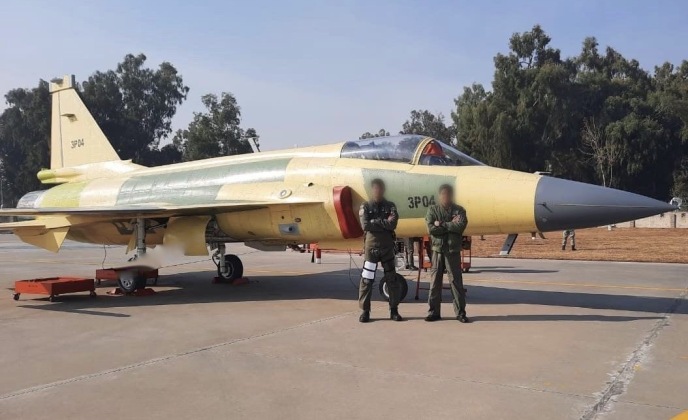The first images of the first serial production batch of JF-17 Block III fighter jets indicate that the type could be entering service in the near future, following the prototype’s first flight at the end of 2019. The airframes are expected to be produced in both China and Pakistan, although the former has not acquired JF-17s in the past and manufactured them exclusively for export. Like prior variants of the JF-17 the Pakistani Air Force is expected to be the leading client, although the new variant is expected to see considerably greater foreign an interest due to its much improved capabilities. The new variant appears set to be a game changer for Pakistani aerial warfare capabilities, integrating limited stealth features, a more powerful engine, a larger AESA radar, and the first ever infra red search and track system on a Pakistani fighter. Alongside the recently announced purchase of J-10C fighters from China, the JF-17 Block III will belatedly introduce AESA radars into Pakistani service, providing far greater situational awareness and immunity to electronic warfare while opening more options for offensive electronic warfare.
As the JF-17 is one of the world’s lightest fighters, occupying a similar weight range to the Swedish Gripen and American F-20, integration of a more sophisticated radar to compensate for the relatively small size of the radars it can accommodate is particularly important. Such a lightweight aircraft are considered suitable for the Pakistani defence budget as their operational and maintenance costs are extremely low, while their serviceability and availability rates are high meaning a large proportion of the fleet can be kept combat ready. This low cost design comes at the expense of flight performance however, with the fighter not being particularly manoeuvrable but compensating for this by deploying short range PL-10 missiles that can engage targets at very extreme angles.

Aside from its sensor suite and other improvements to avionics, the integration of PL-15 long range air to air missiles are considered the new fighter’s most notable features. With an estimated range of 200-300km, the PL-15 comfortably outranges most of India’s existing air to air missiles such as the 80km range MICA used by Rafale and Mirage 2000 jets to the 110km range R-77 used by the MiG-21, MiG-29 and Su-30MKI. The only exceptions are the Su-30MKI’s ageing K-100 missile, which poses little threat of fighters and is designed to neutralise heavy support aircraft at 300km ranges, and the Meteor acquired for Rafale fighters which has an estimated 200 km range. The PL-15 not only shoots much further than its predecessors, but uses its own it’s own AESA radar for guidance providing an advantage over Western and Russian designs.
The JF-17 Block III’s advanced capabilities are expected to make it much more attractive for export than previous versions which were relatively basic fourth generation designs, and represents perhaps the most cost-effective way to acquire AESA radar equipped fighters with next generation air to air munitions. The large majority of countries, including almost all European powers and Russia, have yet to deploy aircraft with such capabilities. With Pakistan potentially fielding over 100 of these new fighters, including both single and twin seat variants, the JF-17 Block 3 is expected to revolutionise its ability to protect its airspace and serve as a valuable lighter counterpart to the new elite units be formed of J-10C jets.
